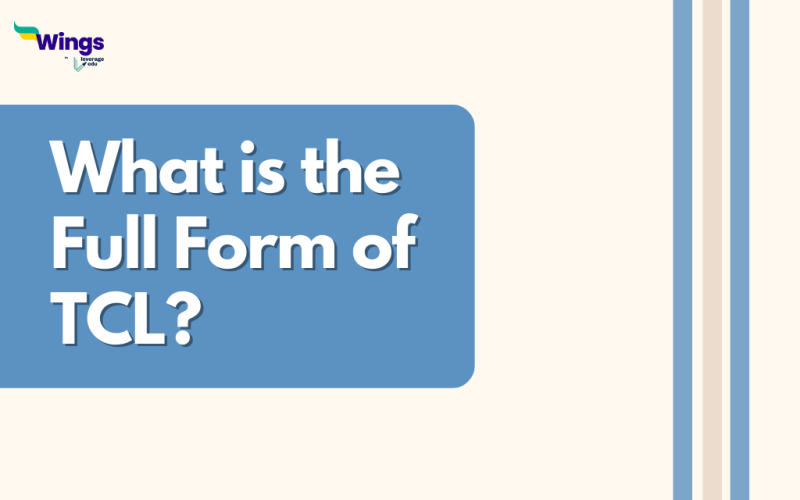TCL full form is Transaction Control Languages.Database administrators use the TCL commands to manage and control transactions held in a database. The aim of the TCL is to maintain consistency.
TCL helps a user manage the changes of the DML commands to maintain transactions. Moreover, it helps the statements to get grouped into logical transactions. A user requires the TCL commands to make the changes permanent.
TCL Full Form : Applications
There are several applications for the TCL full form.
- The TCL statements enable the permanent saving of the changes made to the database during the transaction.
- Rolling Back transactions: Used to undo the changes made during a transaction. That is, it can help the transaction to return to its previous state.
- Setting transaction isolation level: TCL can also help determine the level of concurrency and consistency in a database.
- Savepoints: TCL can be used to set ‘safepoints’. That is, partial rollback if needed.
- Database administrators can use TCL statements to store procedures for managing transactions.
Advantages of TCL
TCL has a lot of advantages. TCL advantages are as follows.
- TCL is used in Structured Query Language or SQL. SQL is interactive, works with multiple programs of PC/servers/laptops, and is portable.
- Easy access, edit, and changes can be made to the database.
- The coding is simple and commands are easy to understand
Disadvantages of TCL
Some of the disadvantages of the TCL are as follows:
- Rollback command is useless when a user has used the Commit command.
- Changes are lost when a savepoint is not made.
- It can be confusing to the new users to identify savepoints.
This was all about the TCL full form. Visit our Full Form Page to discover more intriguing articles about full forms. You can also get a consolidated list of 300+ full forms here! Get in touch with the experts at Leverage Edu in order to kickstart your study abroad journey!
 One app for all your study abroad needs
One app for all your study abroad needs













